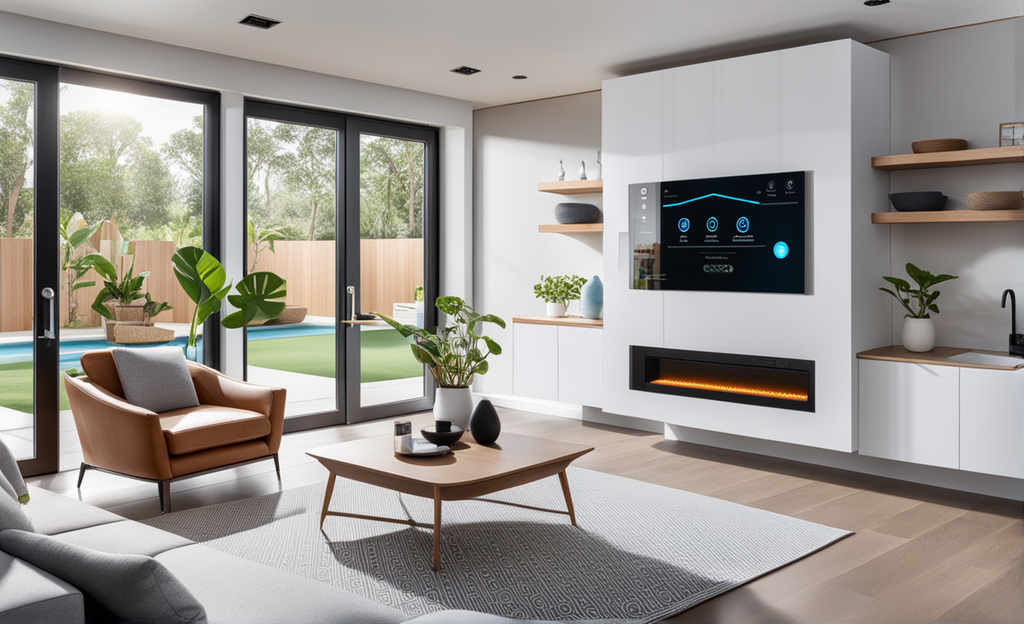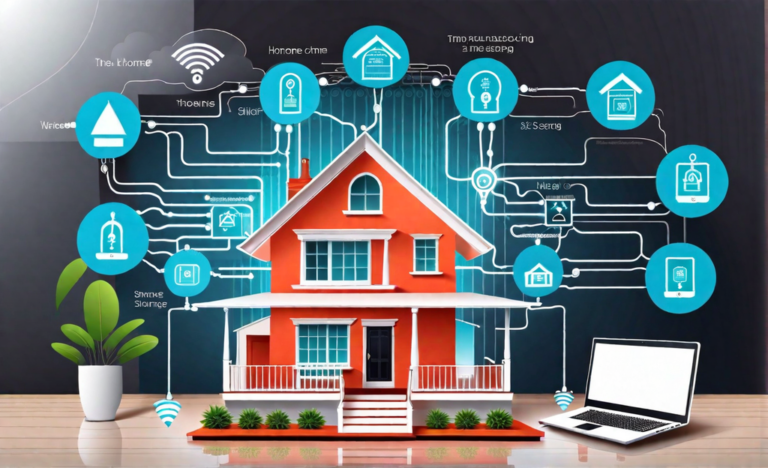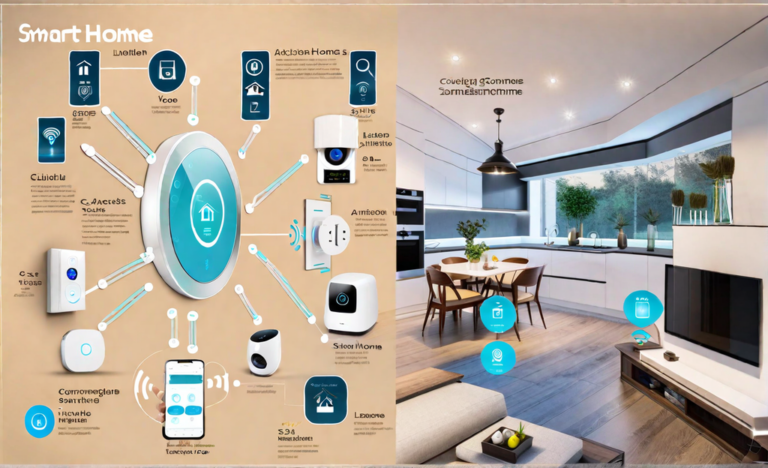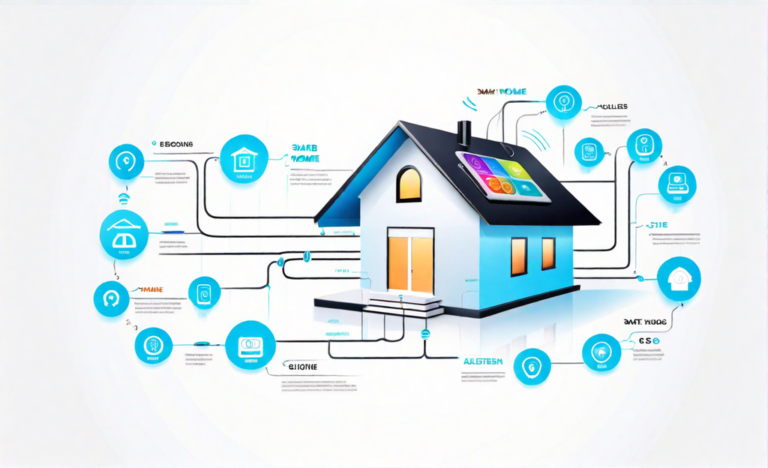How to set up a smart home for deaf people?
Smart home technology can be a great way for deaf people to live more independently and safely. Smart home devices can be used to provide visual cues and alerts, as well as to automate a variety of tasks. This can be especially helpful for deaf people who have difficulty hearing alarms, doorbells, and other auditory signals.
Step 1: Choose the right smart home devices
When choosing smart home devices for deaf people, it is important to consider the following factors:
- Visual cues: Make sure that the smart home devices you choose provide visual cues. For example, smart lights can be programmed to flash when they are turned on or off, and smart thermostats can be programmed to display the temperature on a screen.
- Alerts: Make sure that the smart home devices you choose can send alerts to your smartphone or to a wearable device. For example, smart smoke detectors can be programmed to send text messages or to vibrate your smartwatch when they detect smoke.
- Compatibility: Make sure that the smart home devices you choose are compatible with each other. This will make it easier to control your devices and to automate tasks.
- Ease of use: Choose smart home devices that are easy to use and set up. Many smart home devices are designed to be user-friendly, even for people with limited technical experience.
Here are some specific examples of smart home devices that are well-suited for deaf people:
- Smart lights with flashing capabilities: Smart lights with flashing capabilities can be programmed to flash when they are turned on or off. This can be a helpful way for deaf people to be alerted to changes in lighting.
- Smart thermostats with displays: Smart thermostats with displays can be programmed to display the temperature on a screen. This can be a helpful way for deaf people to be aware of the temperature in their homes.
- Smart doorbells with video cameras: Smart doorbells with video cameras can be used to see who is at the door. This can be a helpful way for deaf people to communicate with visitors.
- Smart smoke detectors and carbon monoxide detectors with alerts: Smart smoke detectors and carbon monoxide detectors with alerts can be programmed to send text messages or to vibrate your smartwatch when they detect smoke or carbon monoxide. This can be a life-saving feature for deaf people.
- Smart voice assistants with visual feedback: Smart voice assistants with visual feedback can be used to control smart home devices using voice commands. Smart voice assistants can also be programmed to provide visual feedback, such as displaying text on a screen.
Step 2: Set up your smart home devices
Once you have chosen your smart home devices, you need to set them up. Many smart home devices come with easy-to-follow instructions. However, if you need help setting up your smart home devices, you can ask a caregiver, friend, or family member for help.
Here are some tips for setting up smart home devices for deaf people:
- Use visual cues. When setting up your smart home devices, make sure to enable any visual cues that are available. For example, make sure that your smart lights are programmed to flash when they are turned on or off.
- Set up alerts. Make sure to set up alerts for all of your important smart home devices. For example, make sure that your smart smoke detectors are programmed to send text messages or to vibrate your smartwatch when they detect smoke.
- Use a smart home hub. A smart home hub can make it easier to control all of your smart home devices from one place. Smart home hubs can also be used to create custom routines and automations.
Step 3: Automate your smart home devices
Once you have set up your smart home devices, you can automate them to perform tasks on their own. This can make your life easier and more convenient.
Here are some ideas for automating your smart home devices:
- Set up your lights to turn on automatically when you wake up in the morning and to turn off automatically when you go to bed at night.
- Set up your thermostat to adjust the temperature of your home automatically, based on your schedule and preferences.
- Set up your locks to lock automatically when you leave your home and to unlock automatically when you return home.
- Set up your security cameras to record video automatically when there is motion in your home.
- Set up your smart home assistant to announce the time, weather, and news when you wake up in the morning.
Step 4: Learn how to use your smart home devices
Once you have set up your smart home devices, take some time to learn how to use them. This will help you to get the most out of your devices.
Here are some resources that can help you to learn how to use your smart home devices:
- Online tutorials: Many smart home manufacturers offer online tutorials that can help you to learn how to use their devices.
- User manuals: The user manuals for your smart home devices will provide you with detailed information on how to use the devices.
- Customer support: If you have any questions about how to use your smart home devices, you can contact the manufacturer’s customer support team for assistance.






